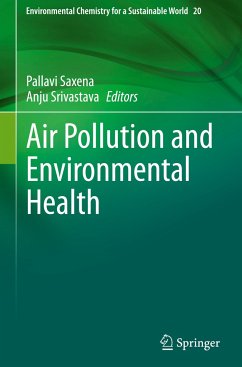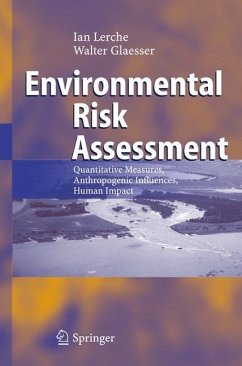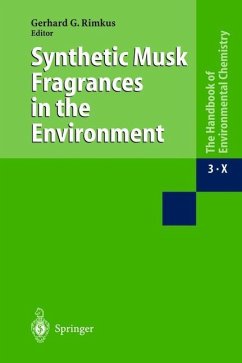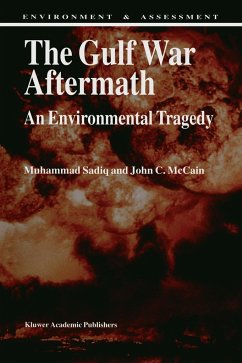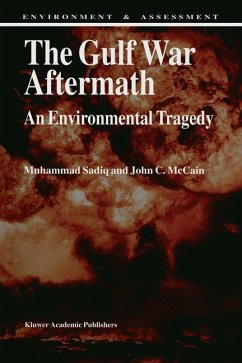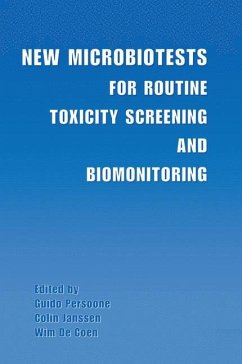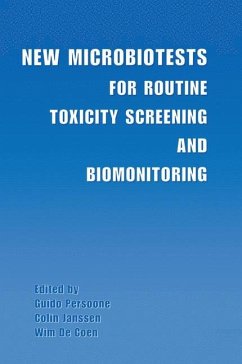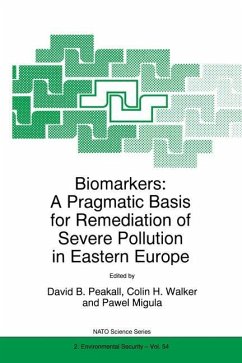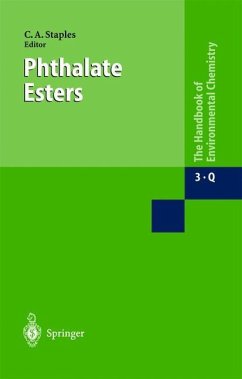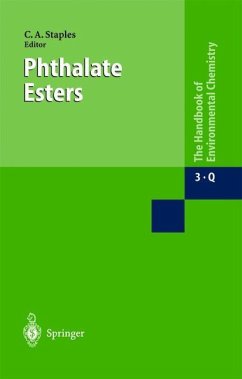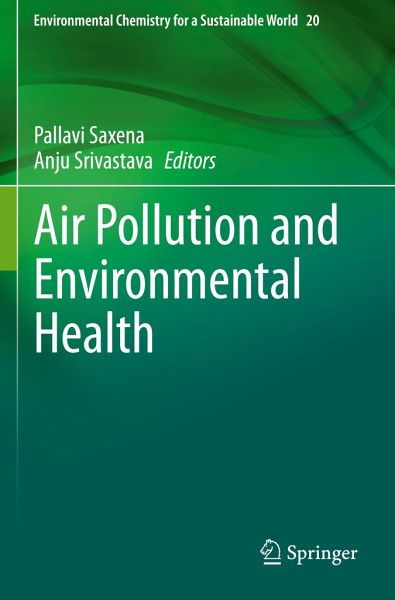
Air Pollution and Environmental Health
Versandkostenfrei!
Versandfertig in 6-10 Tagen
151,99 €
inkl. MwSt.

PAYBACK Punkte
76 °P sammeln!
Air pollution is an alarming problem, not only in terms of air quality, but also in relation to health issues. Toxic air pollutant concentrations produce harmful impacts on plant health and human health. Further, though there are various sources of air pollution, anthropogenic and biogenic sources are becoming increasingly problematic. A number of control methods have been applied to reduce the air pollutant concentrations so that their global environmental burden on plants as well as humans can be mitigated. However, as confirmed in numerous reports and studies, their concentrations continue ...
Air pollution is an alarming problem, not only in terms of air quality, but also in relation to health issues. Toxic air pollutant concentrations produce harmful impacts on plant health and human health. Further, though there are various sources of air pollution, anthropogenic and biogenic sources are becoming increasingly problematic. A number of control methods have been applied to reduce the air pollutant concentrations so that their global environmental burden on plants as well as humans can be mitigated. However, as confirmed in numerous reports and studies, their concentrations continue to be very high and everyday cases related to air pollution have become exponentially high not only in developing countries but also in developed countries. In plants, toxic air quality has various adverse effects, including biochemical and physiological disorders, chronic diseases and/or lower yields. In humans, air pollutants affect the body's metabolism and immune system, lungs and centralnervous system.
This book provides an essential overview of air pollution, its impacts on plant and human health, and potential control strategies. The respective chapters cover general monitoring and characterization techniques for air pollutants, air quality modelling applications, plant and human health effects, risk assessment, and air pollution control policy. Given its scope, the book offers a valuable and unique resource for students of Environmental Science, Biological Science, Medical Science and Agriculture; and for environmental consultants, researchers and other professionals whose work involves air quality, plant and human related research.
This book provides an essential overview of air pollution, its impacts on plant and human health, and potential control strategies. The respective chapters cover general monitoring and characterization techniques for air pollutants, air quality modelling applications, plant and human health effects, risk assessment, and air pollution control policy. Given its scope, the book offers a valuable and unique resource for students of Environmental Science, Biological Science, Medical Science and Agriculture; and for environmental consultants, researchers and other professionals whose work involves air quality, plant and human related research.



